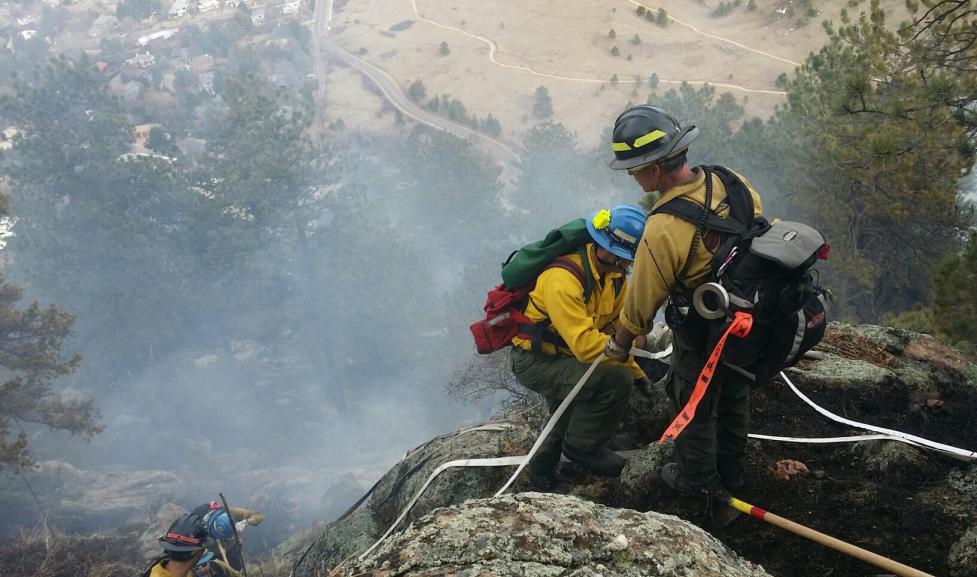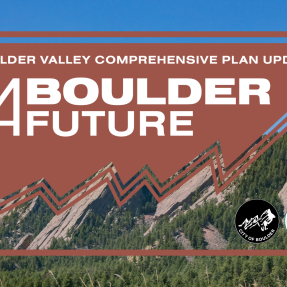Community Risk Assessment/Standard of Cover (CRA/SOC) Document
The CRA/SOC serves as the primary deployment planning and resource allocation tool for BFR. The purpose of the document is to balance the assessed risks faced by the community and mitigate those through Community Risk Reduction approaches that include planning, response, education, and prevention. Contained within the CRA/SOC is information pertaining to station and apparatus locations, response trends, the specific risks faced by the residents of the City of Boulder, and outlines BFR’s level of service for response-based programs. The CRS/SOC describes the roles and responsibilities of each program area, and highlights deployment strategies and operational elements required to maintain the stated level of service. In addition, the document contains data elements and recommendations to enhance the Department’s performance. The primary goals of the Department are to improve service delivery and increase safety for the residents of The City of Boulder.
Boulder Fire-Rescue Accreditation
Accreditation through the Commission on Fire Accreditation International (CFAI) and the Center for Public Safety Excellence (CPSE) is an international measure of excellence. Accreditation is an independent review process of 255 performance indicators that evaluate the Fire Department's emergency services, programs, personnel, administration, financial management, and governance. Accreditation requires significant organizational review, monitoring, reporting, and improvement planning. A continuous process designed to create sustained excellence; the Fire Department will produce annual performance improvement reports and complete a re-accreditation process every 5 years.
There are approximately 259 internationally accredited fire agencies in the world. Through the Accreditation process, the surrounding community will receive the best service possible.
Accreditation requires BFR to evaluate 255 individual areas through a self-assessment process. Conducting a self-assessment helps identify the department's strengths and weaknesses and ensures plans for improvement are in place.
This self-assessment demonstrates our dedication to providing emergency services to the community. The self-assessment process also ensures those services are provided in an effective and efficient manner and promotes future excellence through a continuous self-assessment process.
BFR strives to balance fiscal responsibility with the operational and social needs of the department and the campus community. The Department plays a pivotal role in its representation of this responsibility through daily interactions with the public. The community's goal of living on a safe campus is the vision of the Department's Strategic Plan.
To learn more visit the CPSE Website
Master Plan
A Master Plan is an organizational planning document that draws from public engagement as well as a thorough assessment of the operational environment to frame resource allocation decisions. Organizations of all types utilize these documents to proactively guide decision-makers and to develop effective strategies to address challenges related to sustainability, funding, and resource allocation.
The Boulder Fire-Rescue Master Plan was reviewed by the community and Planning Board and City Council between winter 2018 - Spring 2019.The final plan integrates feedback gathered from the community and has measurable outcomes for tracking progress over time. Boulder Fire-Rescue uses the Master Plan to guide the development of annual work plans and collaborate with the community and agency partners throughout implementation.

